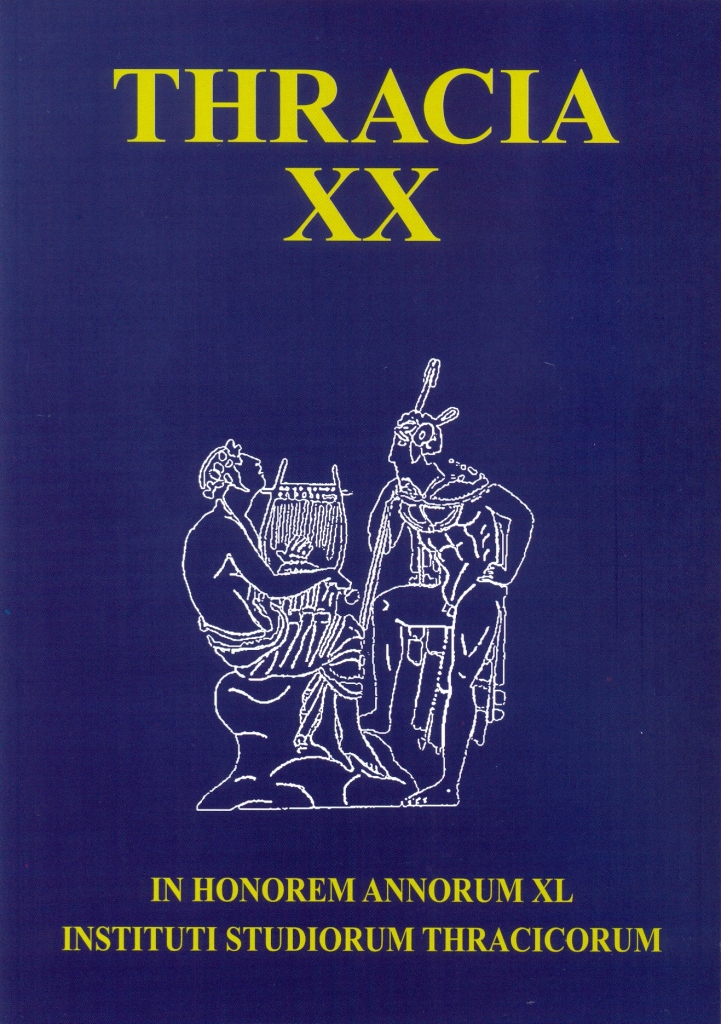Омир и Троя в културното пространство на Средиземноморието: политики на наследството
Homer And His Troy in the Cultural Space of the Mediterranean: Politics of the Heritage
Author(s): Tsvete LazovaSubject(s): History, Cultural history, History of ideas, Political history, Ancient World
Published by: Институт за балканистика с Център по тракология - Българска академия на науките
Summary/Abstract: As a doctoral student on Homer and his evidence concerning Thrace and the Thracians in the Institute of Thracology established in 1972 I have all good reasons to offer a text on my understandings of Homer developed through the years. They took paths in an anthropological perspective understanding the past and its uses as a cultural capital in the context of various cultural politics: as procedures regulating the production of cultural products and practices from one side and as reflections of power in the representation of cultural meanings from the other side. Another important perspective in the study of Antiquity is its touristification and the “tourist gaze”. This aspect in the study of Antiquity is recognized as important anthropological perspective in the context of the “great and little traditions” in the Mediterranean space as it studies the processes of the commoditization of the ancient images. The “touristic gaze” which is always socially organized seeks authenticity and therefore it has to be produced. Usually the discourse forms the idea expected by the tourists to be seen.As a result of this theoretical background the paper discusses the space, the place and their meanings constructed through various networks of social power relations. It discusses Homer and his Troy in the context of various foundation myths produced in different times for different reasons. It studies also the process of producing the idea or better the ideal, represented as Hellenism in the sense of apology of Greece and the Greek culture and embedded in the academic space before Heinrich Schliemann. The paper presents the heroic age “imagined” by Schliemann and thus “inventing” the Dark Ages. After the Second World War a new “Dark Ages” were established in the context of the development of the archaeological discipline in the social sciences perspective. This was the theoretical perspective that diverted it from the cultural-historical approaches typical for the nationalistic cultural archaeology. This change of paradigms opened the way for redefining the Mycenaean heritage and the ideas about the social life of the Greek poleis. This paper discusses in short the position of Homer and his Troy in the Bulgarian Altertumswissenschaft. It retains the feeling produced by the old cultural-historical perspectives that the links between the “Mycenaean” Greece and the “Mycenaean” Thrace are so transparently visible that they enter all academic and touristic discourses as something natural and non-debatable.Homer and his Troy is amongst the most successful touristic destinations. It is valued today with the “authenticity” of the Trojan horse in the Turkish town of Canakkale gifted by the Hollywood production of the film “Troy” with the famous Brad Pit playing the role of Achilles. Fascinated by the “Trojan horses” in this space, monumentalizing the cunning Greeks, the tourists would hardly notice the concluding suggestion in a chapter from the Guidebook by Manfred Korfmann – the late archaeologist from the Tubingen University – who says: “what remains unconfirmed is a struggle over Troia as historic and heroic as that depicted in the Iliad”.What “proofs” do we seek in the discourse practices that have produced a reality worth to be known, worth to be seen and memorized by pictures and souvenirs?
Journal: Thracia
- Issue Year: 2012
- Issue No: 20
- Page Range: 135-154
- Page Count: 20
- Language: English, Bulgarian
- Content File-PDF

